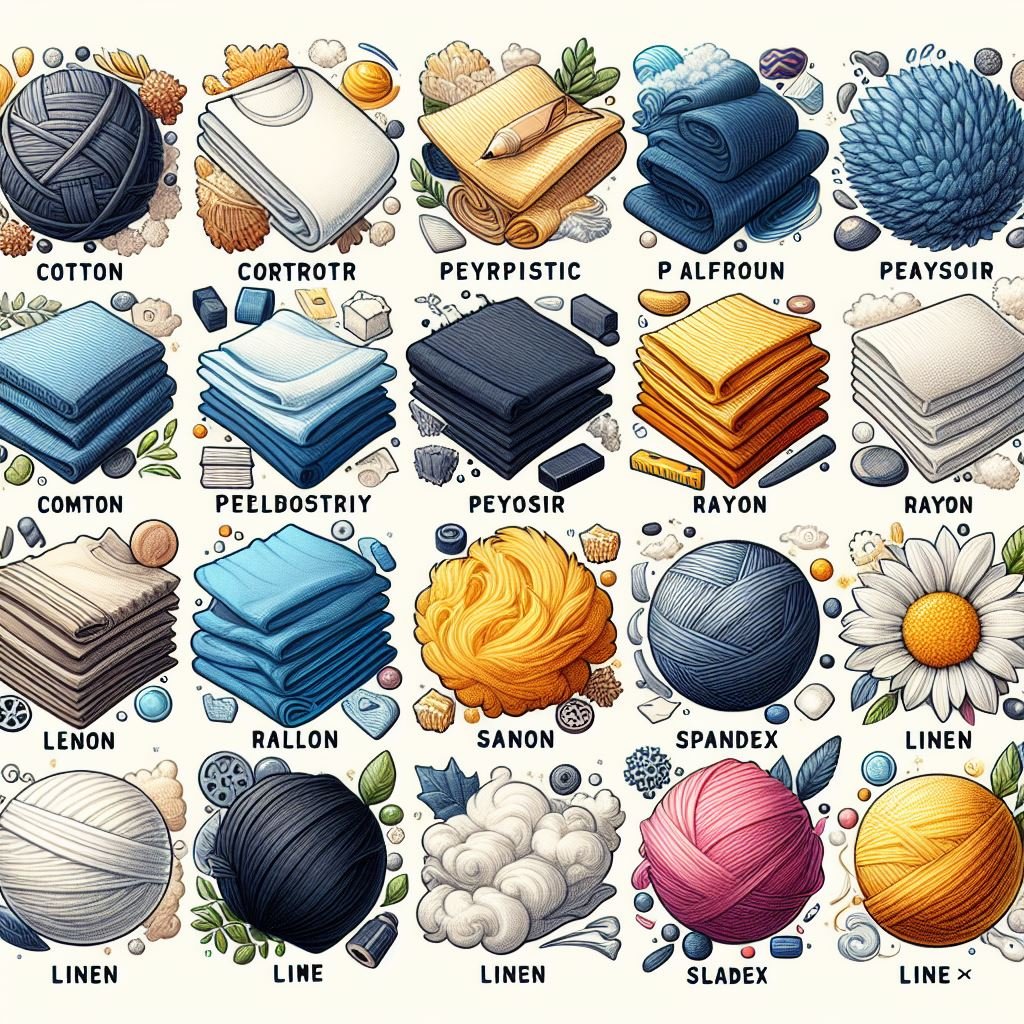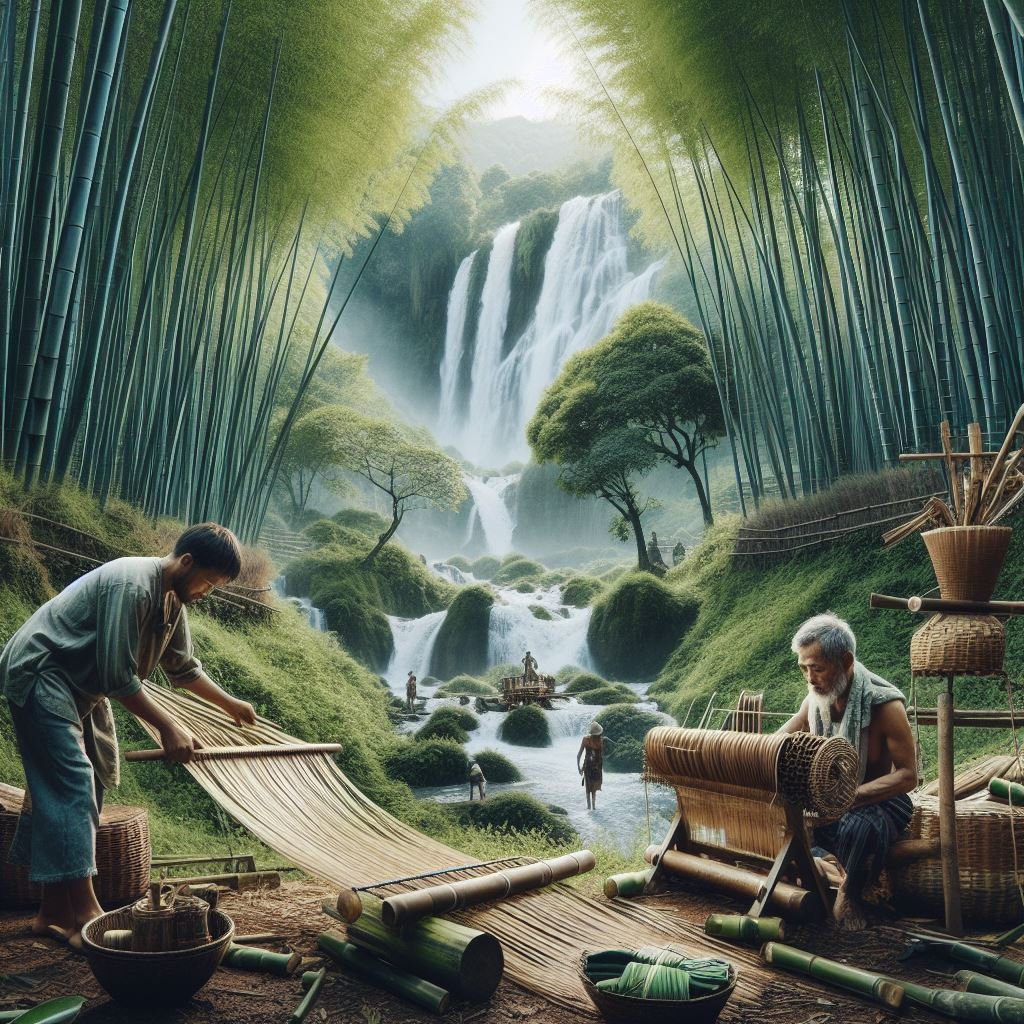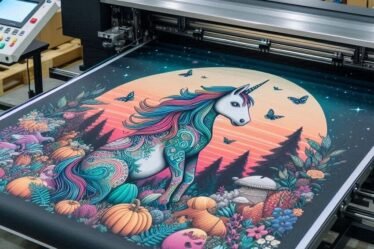
T-shirts come in a variety of fabrics and materials, each offering different characteristics in terms of comfort, durability, and appearance. Here are some common fabrics and materials used in T-shirt manufacturing:
- Cotton
- Polyester
- Rayon
- Linen
- Bamboo
- Tri-blend
1. Cotton

Cotton is one of the most popular fabrics for T-shirts due to its softness, breath-ability, and versatility. It’s comfortable to wear, absorbs moisture well, and is easy to care for. Cotton T-shirts are suitable for everyday wear and come in various weights, from lightweight for warmer weather to heavier weights for colder climates. China, India, United States, Pakistan, Brazil, Uzbekistan, Australia are significant contributors to the global cotton supply, producing large quantities of cotton annually to meet domestic and international demand.
2. Polyester
Polyester is a synthetic fabric known for its durability, wrinkle resistance, and moisture-wicking properties. Polyester T-shirts are lightweight, quick-drying, and resistant to shrinking and stretching. They are often used in athletic wear and performance-oriented T-shirts designed for sports and outdoor activities. China, United States, India, South Korea, Taiwan, Thailand, Indonesia, Japan, Germany, Malaysia are the well-established polyester manufacturing industries and contribute significantly to global polyester production. China is the largest producer, followed by the United States and India, playing crucial roles in the global polyester market.
3. Rayon
Rayon is a semi-synthetic fabric made from natural fibers such as wood pulp or bamboo. It has a silky texture and drapes well, making it suitable for T-shirts with a more relaxed and fit. Rayon T-shirts are lightweight, breathable, and have a smooth, luxurious feel against the skin. China, Indonesia, India, United States, Thailand, Brazil, Vietnam, Japan, South Korea are major producers of rayon fibers, which are used in various industries, including textiles, apparel, and home furnishings.
4. Linen

Linen is a natural fabric made from the fibres of the flax plant. It’s known for its lightweight, breathable, and moisture-wicking properties, making it ideal for T-shirts worn in hot and humid climates. Linen T-shirts have a textured appearance and a relaxed, casual vibe. China is the largest producer of linen globally, followed by India and European countries like France and Belgium, which have long-standing traditions in linen production.
5. Bamboo

Bamboo fabric is derived from bamboo pulp and is known for its softness, moisture-wicking properties, and natural antibacterial qualities. Bamboo T-shirts are lightweight, breathable, and hypoallergenic, making them suitable for sensitive skin. China, India, Thailand, Vietnam, Indonesia, Myanmar, the Philippines, and Brazil are among the leading countries in bamboo cultivation and production industries. Bamboo is widely utilised for various purposes, including textile production, construction, furniture making, and paper manufacturing.
6. Tri-blend
Tri-blend fabric is a blend of three materials: cotton, polyester, and rayon. This combination creates a fabric that combines the best qualities of each material, resulting in a soft, lightweight, and breathable T-shirt with added stretch and drape. Tri-blend T-shirts are known for their luxurious feel and vintage look.
Conclusion
Cotton’s popularity stems from its comfortable feel against the skin, excellent moisture absorption properties, and ease of care. Additionally, cotton T-shirts come in a wide range of styles, weights, and finishes, making them suitable for various occasions and preferences. The natural fibers of cotton also allow for breath-ability, making it ideal for wearing in different climates and seasons. Overall, the combination of comfort, versatility, and durability has solidified cotton as the fabric of choice for the majority of T-shirt wearers worldwide.



